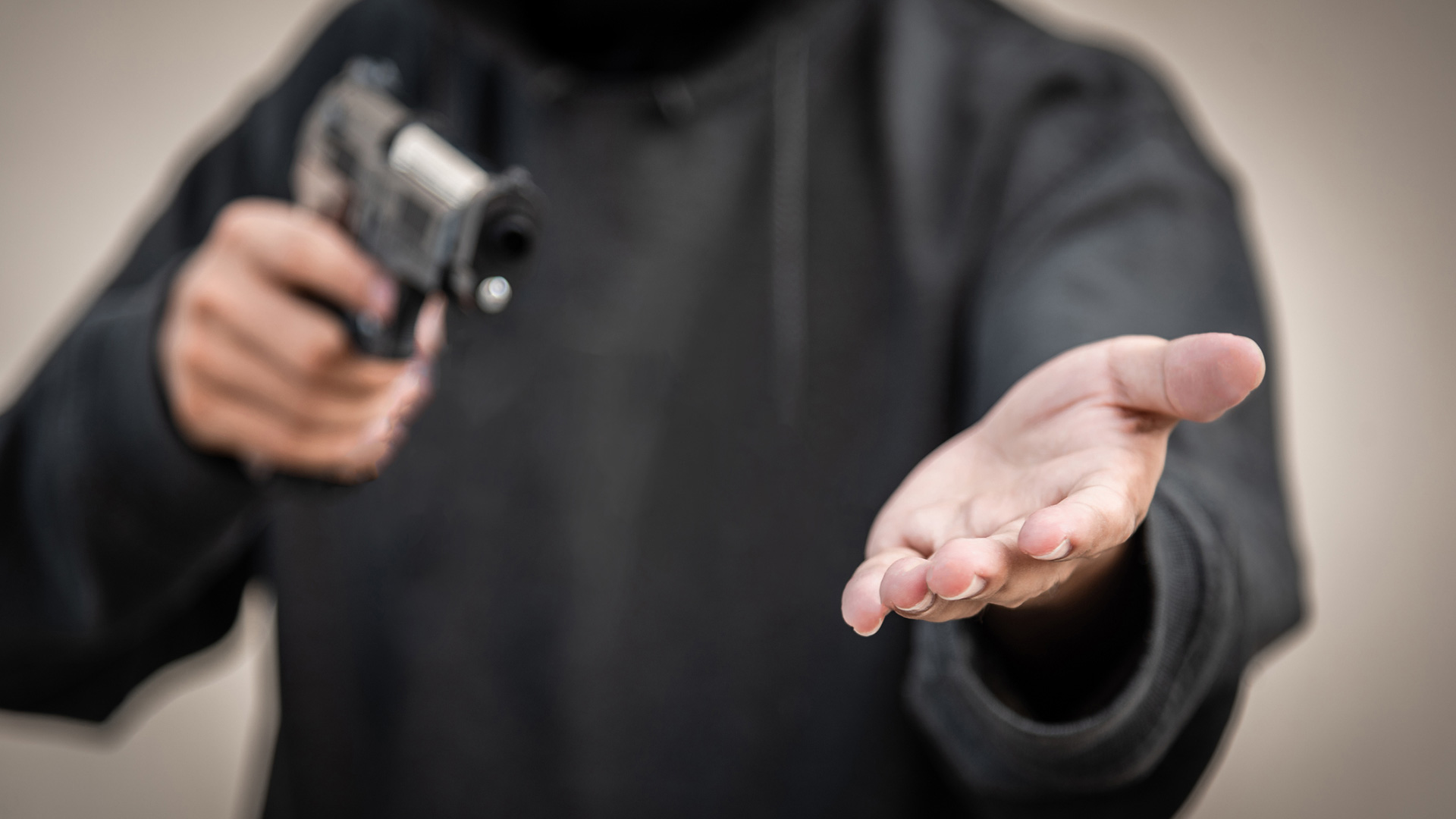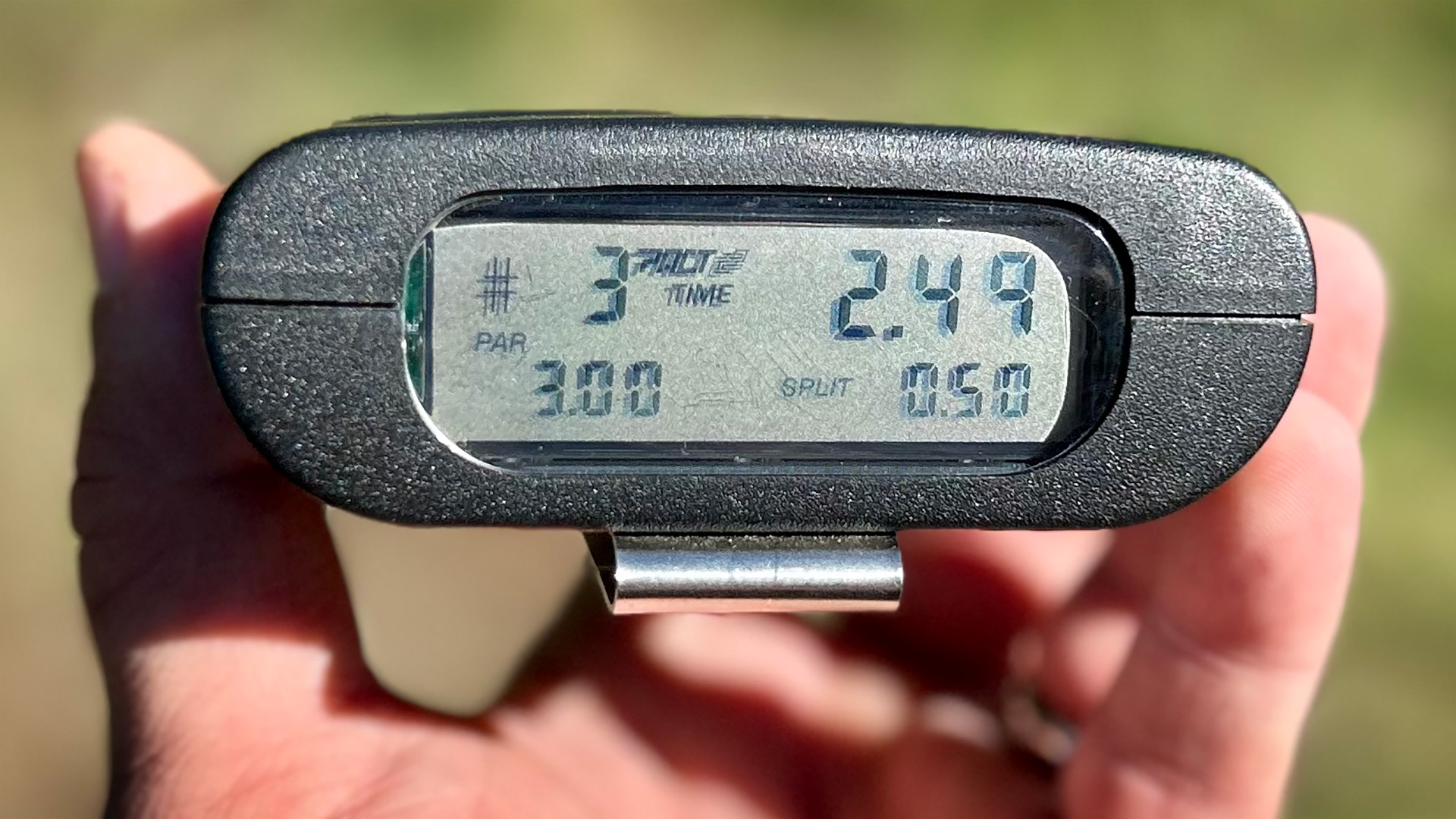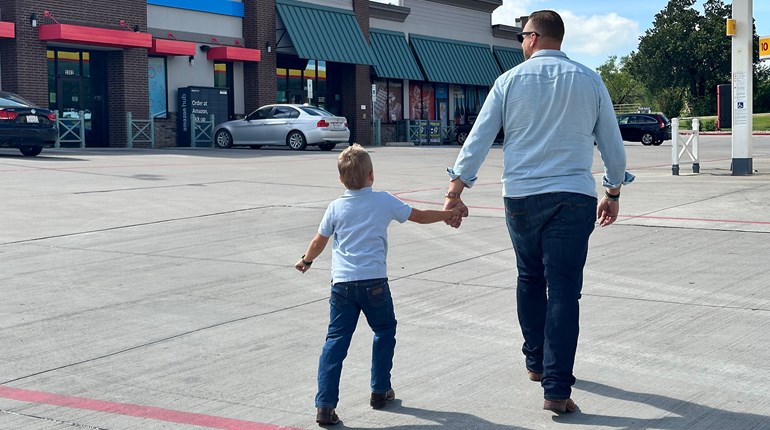
Spend enough time on the internet, and you will encounter someone who opposes the use of shot timers in training and practice. Sooner or later you will encounter a statement to the effect of, “There ain’t no timers in a gunfight!” To the beginner, this may sound like wisdom. “It’s true,” one might think, “There aren’t any electronic shot timers in a gunfight.” For those who live by the adage, “Train like you fight,” it might follow that you shouldn’t introduce something in training and practice that won’t be present in a real-world defensive gun use. However, I use a slightly different adage, which is “Train for the fight.” Instead of always trying to replicate the precise real-world conditions one might encounter in an actual self-defense encounter (which can vary considerably from incident to incident), I recommend try to comprehensively understand all the technical and tactical aspects of civilian defensive-gun use, break those requirements down into individual components and subcomponents, and work on those tasks individually. A shot timer is an indispensable tool in training for the fight we might one day find ourselves in to protect our loved ones and ourselves.

The "Beep" Probably Won't Be A Beep
To answer the aforementioned objection, there is a timer in a gunfight. We just don’t know what the par time is (when the electronic beep signals you’re out of time), and instead of a beep, the timer makes a “bang” sound. Make no mistake: There is time pressure in a gunfight. If we are to prepare ourselves to successfully engage in a justifiable defensive gun use, then training to succeed under time pressure is absolutely essential. One of the best means to accomplish that, both in dry practice and on the live fire-range, is use of an electronic shot timer.
Electronic shot timers are small, programmable devices that give us a starting beep at the beginning of a practice repetition and register the times of our individual shots. They can also be programmed with “par times” which is a second beep that provides a goal for a specific drill. For example, you can practice your draw-to-first-hit on an IPSC A Zone target at seven yards for 1.5 seconds, and practice drawing and shooting before the 1.5 second beep sounds. Likewise, you could practice a “Bill Drill” which is six shots to an IPSC A Zone from the holster at seven yards. Whether or not you choose to set a par time, after the drill is complete, you can review the time for your draw-to-first-hit, and your “split times,” or the time elapsed between each follow up shot.

Why is any of this useful? The biggest practical benefit is that a shot timer provides a method for objective, quantifiable measurement of our technical performance. By “technical skill” I mean our ability to operate our handgun and hit the target quickly and accurately independent of context, use-of-force decisions, or tactical considerations. Basically, how well you can shoot a handgun. The shot timer does not provide us opinions about our level of skill. It provides facts. The shot timer reveals to us our objective skill level, compared both to others and our previous selves. It’s worth noting that there are two primary components to technical shooting: precision and speed. Defensive pistol craft requires both. You must be able to hit anatomically significant structures in your attacker in order to win a fight for your life in the face of lethal force. However, time is a factor as well. Perfect shots delivered too late may never be delivered at all, if you give your opponent time to complete their lethal assault against you while you’re taking your sweet time aiming for perfect hits. We must be able to make anatomically significant hits quickly, and that’s where the shot timer comes in.
Measuring Progress Requires Record Keeping
When it comes to measuring and tracking our technical shooting performance, there are two primary avenues one can pay attention to, and there is value in both. The first is measuring our performance against external standards. The second is measuring and tracking our performance over our time to measure our improvement. Regarding external standards, there are countless practical drills one can shoot that exercise defensive pistol skills, and there is correspondingly a wealth of information how different levels of shooter perform at shooting those drills. This can help us understand where we currently sit on those drills, and help us make a more informed decision about where we want to get to from a skill perspective given our goals, motivation, time available and training budget. For example I believe that, for anyone who carries a handgun outside the home for self-defense, a reasonable goal for draw-to-first-hit on an IPSC A-Zone-size target at seven yards is sub-two seconds from concealment. There are tiers of performance above this obviously, but this is the minimum recommended standard I try to get my students to as rapidly as possible. Whether it be a 3- or even 2-second Bill Drill or “Failure to Stop” Drill, there are a number of well-known drills that will allow us to find out where we sit on the spectrum of novice/intermediate/advance level shooters. That isn’t to say that we all must aspire to being elite level shooters, but shot timers help us make objective assessments of where we are skill level-wise. This in turn helps us make informed decisions about our goals, and what we should be working on when we train and practice.
Just as importantly, shot timers help us measure and track our progress. Quantifiable measurement of progress is essential in any endeavor. Track athletes use the stopwatch. Weightlifters use a training notebook and track their weights and reps lifted. So it should be with us as shooters. Are you getting better? How do you know? If you’re not using a shot timer then you can measure you accuracy, but you’re missing the opportunity to measure the time pressure component of defensive shooting, and track your progress. The shot timer allows you to assess your draw-to-first-hit times, split times between shots, one handed shooting, reload speed, and malfunction clearance drills, all at different distances. Another aspect of shooting we should track with a shot timer is our “cold performance,” meaning our performance without warming up. When we need to shoot to preserve our lives in the real world, we will be “cold,” not having the opportunity to warm up with practice shots. Thus intentionally shooting various drills cold and recording and tracking our performance can give us a more accurate idea of what we can do on demand. A shot timer combined with a training notebook will allow us to point to objective data that indicates whether we’ve improved, and by how much. Without a shot timer, we’re just kind of guessing, and that can lead to misleading ourselves and thinking we’re better than we are, and have improved more than we actually have.
Accuracy OR Speed? Why Not Both?
Shot timers allow us to measure ourselves against widely accepted performance standards for common drills, and to measure ourselves against our past selves to track our progress and improvement. There is a timer in a gunfight, which is to say that if we are legally justified in drawing our handgun and shooting it at another person, it is because there is an imminent threat to innocent life. We’ve got to be able to beat that timer. To beat the timer in a gunfight, it’s a tremendous help to routinely compete against an electronic shot timer when we practice.





































